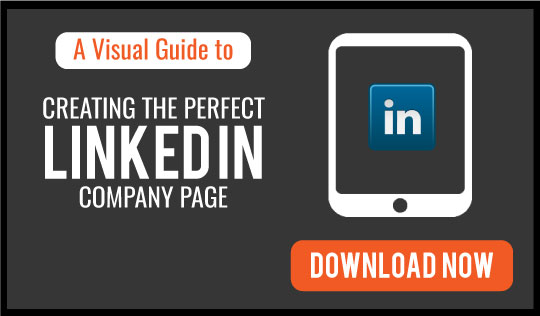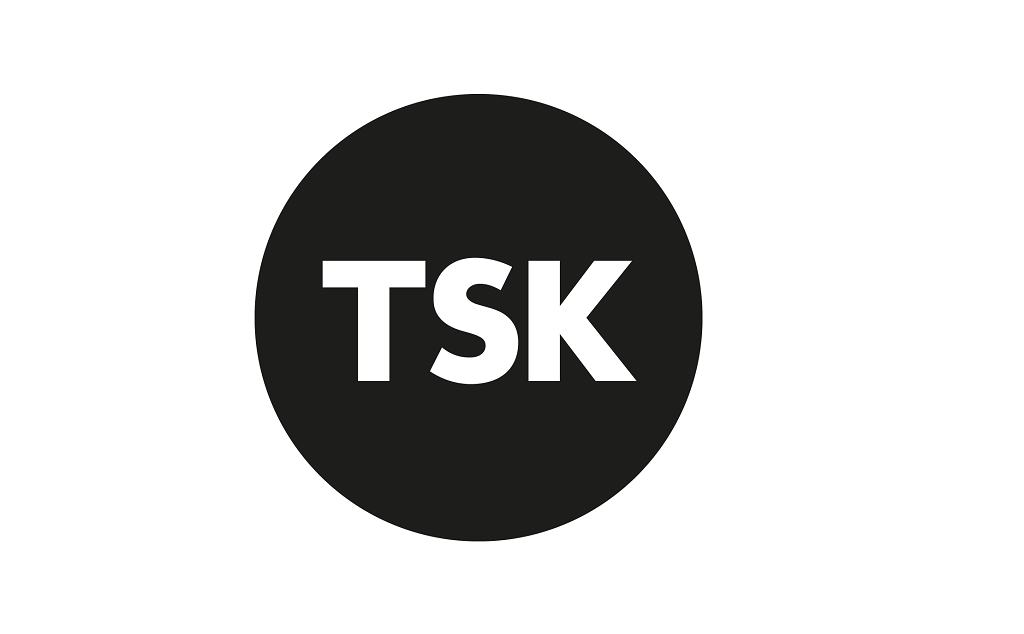Should I Be Using LinkedIn? And How Should I Be Using LinkedIn?
'Should I be using LinkedIn?' and 'How should I be using LinkedIn?' are two of the most common questions I'm confronted with in regard to B2B social media.
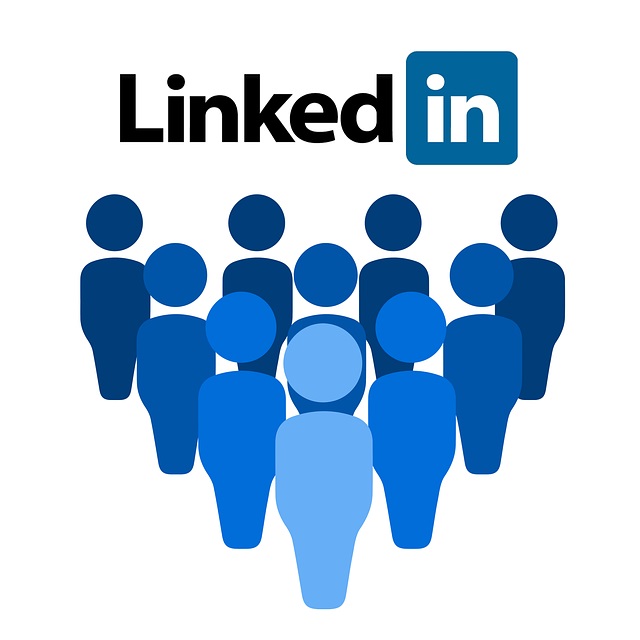 And the answers, while fairly simple, are far from straightforward. So in this guide, I'll be taking a look at what you can potentially gain from this powerful platform, as well as the best and most time-efficient ways to get the most out of LinkedIn.
And the answers, while fairly simple, are far from straightforward. So in this guide, I'll be taking a look at what you can potentially gain from this powerful platform, as well as the best and most time-efficient ways to get the most out of LinkedIn.
You get out what you put LinkedIn
As with all use of social media – both for personal and marketing purposes – when it comes to LinkedIn, you can expect to get out roughly as much as you put into it.
Pretty much everyone has a LinkedIn profile, but only a fraction of those using it go beyond linking up with colleagues and sending the odd message to former workmates.
There's a world of functionality lurking behind the mundane endorsements and 'work anniversary' notifications we're familiar with, but the sad fact of the matter is that most users don't bother with it.
And the blame for this unfortunate situation lies mostly with LinkedIn, which was late to the game in rolling out (and promoting) several features that have made the platform a lot more useful and engaging for people that aren't recruiters in recent years.
LinkedIn also has stringent limits on what you can achieve as a brand page alone, which – for better or worse – puts much more onus on the individual.
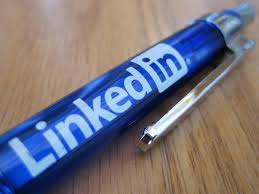 So should I use LinkedIn?
So should I use LinkedIn?
LinkedIn's got piles of potential as a marketing tool, but whether or not it's the right one for you depends on several factors:
Time: Social media marketing takes time and effort and when it comes to balancing it with your day job, it'll quite rightly take a back seat. While no-one expects you to be glued to your LinkedIn profile, but be aware, if you only log on once in a blue moon to post or share some self-promotional stuff – you're not going to court much in the way of engagement.
Effort: As mentioned, what you can achieve with a brand page alone is fairly limited, so the bulk of your company's LinkedIn marketing needs to be carried out by individuals.
Similarly, social media isn't instant coffee and it takes genuine, long-term commitment to build up profiles, productive relationships and to get the most out of 'groups' and use your network to the fullest.
I've seen lots of people try and take shortcuts, especially when posting to groups – leading to some poorly-administered ones becoming little more than forums for spam.
One often-used adage is social media is like a cocktail party and while wowing people with your witty repartee (or thought leadership in the case of LinkedIn) is a great way to win friends and influence people, simply shouting about how great you (or your company) are can be a real turn-off.
Industry: Whether LinkedIn is worth it also depends on the type of people you're hoping to connect with. You know who your target audience is, so ask yourself (or do some research into) whether they're present – and, even more importantly, active – on LinkedIn.
Connections: Do you already have a collection of connections on LinkedIn? And if not, do you have the ability (and inclination) to grow your following? Whether or not the people you're trying to influence see what you're posting is entirely dependent on the strength of your network.
Content: Are you already producing content (blogs, research, guides, et cetera) for your own website? LinkedIn's new publishing platform enables you to upload these directly to your profile – alerting all your connections to your new post and increasing your potential audience vastly.
However, be sure that you let new content sit on your site until Google has a chance to 'index' (read) it and attribute it to your company, otherwise you might fall foul of duplicate content and suffer in terms of search visibility.
Alternatively, you can just post an excerpt and link to the full post on your site, which could help increase social referrals and get your products and/or services in front of more interested parties.
There's an argument for either route, but given the inherent laziness of people, I'd usually recommend the former.
How should I use LinkedIn?
Now that you've made your mind up about whether or not it's worth using LinkedIn – it's time to talk about best practice. Due to the limitations of brand pages, we'll focus onwhat you can achieve as an individual.
Philosophy: Social media is not advertising, so don't treat it as such. Your end goal is to attract new business and both the stuff that you share and the way you interact on the network should be defined by this goal.
Sales cycles can be particularly long in B2B and not everyone will be ready to instantly invest in your products/services. As such, social media should be viewed as a long-term investment – enabling you to show off your expertise and thought leadership with a view to building trust and recognition in yourself and your brand.
Getting involved: While sharing and 'liking' posts from your company's brand page is a good place to start, if you want to make the most of LinkedIn, you'll need to find and engage with relevant professional networks and individuals.
Other articles, especially those penned by our evangelistic friends across the pond, paint this as a fairly straightforward task – but be warned – doing it well requires serious and consistent effort.
Join relevant groups, ask and answer questions, share third-party content on related topics and just generally get involved. Be mindful of how you come across, however. You want to be recognised, not reviled – so be magnanimous in your responses, even if another party is making ill-informed assertions.
Brand Ambassadorship: While you should take it easy on the self-promotion (a common guideline is 80/20 in favour of non-promotional posts), you shouldn't shy away from bigging up your company's news on occasion.
Connections in your network, even if they don't follow your brand page, will get a notification of this – so it's an easy way to extend the reach of your company's updates. Liking everything your company page puts out can be a turn-off though, so be judicious with what you choose to promote.
Publishing: As mentioned, LinkedIn's new publishing portal , Pulse, is now open to all users. While we've put together a detailed guide on getting the most out of it, it can be a good place to re-post content from your site (or indeed original content) and if your post gets chosen for the network's front page, LinkedIn Today, it can massively increase the number of potential readers.
Custom URL: LinkedIn enables you to customise the URL of your profile, from the confusing parade of numbers to something simple and much easier to share:

Badger people: If you want to make new connections, it's important to seek them out beyond LinkedIn. While you could just shove a link to your profile in your email signature or author page on your company blog, LinkedIn has made it easy to use a fancy-looking badge.
Simply log in to LinkedIn and head here for some customised code you can pop into your email signature or website at your leisure.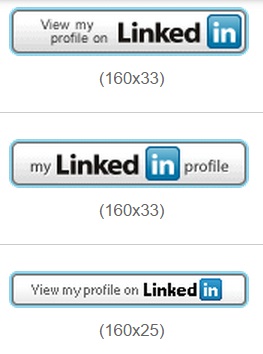
Flesh out your profile: Over the years, LinkedIn has rolled out a wealth of features that enable users to delve deep into their profile. From publications you've contributed to, to the languages you speak and any organisations you're a part of – adding some depth to your profile can help turn it into a micro-brochure for yourself and by extension, your brand.
Don't just stop at words on a page though – LinkedIn lets you post images, videos and even full-blown presentations, so be sure to take advantage.
Optimise your profile: Google can 'read' LinkedIn – so by putting the right 'keywords' (terms and phrases related to your specialisms) in your profile, you can increase the chances of being found through 'organic' (i.e. non-paid) search, as well as by those using LinkedIn's built-in search functions.
Go Premium: While not a necessity by any means, LinkedIn's paid 'premium' offering – and particularly its Sales Navigator product – offer some pretty nifty features for those looking to use the platform as a business development tool, including:
- The ability to send messages ('Inmail') to people you're not connected to
- See who's viewed your profile in the last 90 days
- Advanced search functions for tracking down leads
- Real-time sales intelligence.
However, for the price (£60 per month or £539 annually) – you'd best be sure you'll get your money's worth. If you're unsure about whether you're ready to part with such a large sum, you can always give Premium a spin with a free month's trial.
What Next?
Hopefully the above will provide a good starting block from which to commence your foray into LinkedIn, but if you've got any tips to share or think we've missed anything obvious – be sure to leave a comment below or fire us a tweet.
And if you're looking for tips on how to get the most out of your company page, you won't want to miss our free, in-depth guide to creating the perfect LinkedIn page:
Selected industry experts bring you insight and expert advice, across a range of sectors.
Subscribe for free to receive our fortnightly round-up of property tips and expertise
Selected industry experts bring you insight and expert advice, across a range of sectors.
Subscribe for free to receive our fortnightly round-up of property tips and expertise


